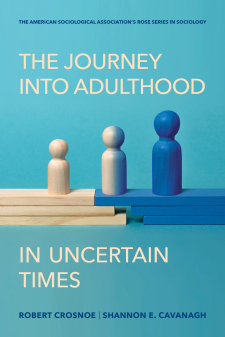Main navigation
While Congress remains locked in its latest budget battle over unemployment insurance, it may be a good time to investigate the Great Recession's unprecedented effects on America's labor market. Below are a series of charts from Chapter 3 ("Job Loss and Unemployment") of the RSF volume The Great Recession. The authors—Michael Hout, Asaf Levanon and Erin Cumberworth—include a depressing list of employment statistics and analysis and conclude: "Any recession brings some job loss and boosts unemployment, but the number of jobs lost, the portion of the labor force unable to find work, the duration of layoffs and job search, and the ratio of job-seekers to vacancies were all at their postwar highs in the fourth quarter of 2009."
1. Industry Unemployment Rates

What the authors note:
• Double-digit unemployment rates among construction workers are not unprecedented. The recessions in 1973 to 1975, 1980 to 1982, and 1990 to 1991 brought construction unemployment rates over 15 percent. • American industry continues to produce goods—it just uses fewer workers to do it...U.S. firms produced their much bigger 2007 output with 4.8 million fewer workers than manufacturing firms employed in 1977.
2. Occupation Unemployment Rates

What the authors note:
• Skilled construction and repair workers and skilled and semiskilled production workers were laid off in significantly greater proportion than were less-skilled workers in sales, clerical, and manual services such as driving, cleaning, landscaping, and personal services.
3. Unemployment Rate by Education

What the authors note:
• In good times and bad, since data first became available in March 1967, prime-age employment has been significantly higher for college graduates than for people with less education.
4. Unemployment Rate by Race and Ethnicity

What the authors note:
• African Americans are the only group for which unemployment continued to rise through the last quarter of 2009 and into 2010. • Education has substantially less return for African Americans than for other American workers. Unemployment is lower for African American college graduates than for African Americans with some college or only a high school diploma, so some return is visible. But multivariate analysis of the data indicates that a college degree gives white and Asian American workers twice the protection against unemployment than African Americans get.





